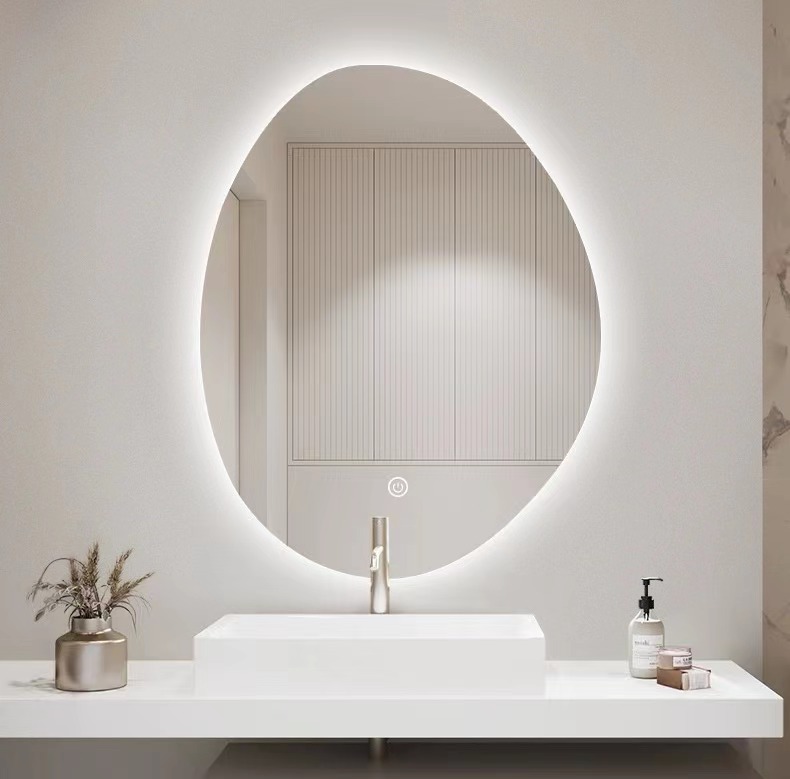

Understanding Low-E Glass Options for Energy Efficiency
Low-emissivity (Low-E) glass has gained significant popularity in the building and construction industry due to its energy efficiency and performance benefits. As homeowners and builders look for ways to minimize energy consumption and improve comfort, Low-E glass options present an effective solution. This article explores what Low-E glass is, its advantages, and the various options available in the market.
What is Low-E Glass?
Low-E glass is a type of glass that has been treated with a thin, transparent coating to reflect infrared light while allowing visible light to enter. By reducing the amount of heat that passes through the glass, Low-E coatings help maintain comfortable indoor temperatures and reduce energy costs associated with heating and cooling. These coatings can be applied to single, double, or triple-pane glass, significantly enhancing the window's overall performance.
Advantages of Low-E Glass
1. Energy Efficiency The primary benefit of Low-E glass is its ability to improve energy efficiency. By minimizing heat transfer, Low-E glass reduces the load on heating and cooling systems, leading to lower energy bills and a reduced carbon footprint.
2. UV Protection Low-E coatings can block a significant portion of harmful UV rays from the sun. This protection helps prevent fading of furniture, carpets, and artwork, prolonging their lifespan and maintaining indoor aesthetics.
3. Comfort Homes equipped with Low-E glass provide a more comfortable living environment. By regulating temperature fluctuations and minimizing hot spots near windows, Low-E glass enhances overall indoor comfort.
4. Condensation Resistance Low-E glass helps reduce condensation on windows by keeping interior surfaces warmer. This reduces the likelihood of mold and mildew growth, which can be a major concern in many homes.

5. Noise Reduction Certain Low-E glass options also offer sound insulation, making them ideal for homes located in noisy environments. The additional panes in double or triple-glazed units can further dampen outside noise.
Types of Low-E Glass Options
Low-E glass is available in various types, each designed to suit different climate conditions and homeowner preferences
1. Passive Low-E Glass Designed for colder climates, passive Low-E glass is optimized to allow maximum solar heat gain. This type reflects interior heat back into the room while permitting sunlight to warm the home naturally.
2. Solar Control Low-E Glass Best suited for warmer climates, solar control Low-E glass minimizes solar heat gain while maximizing visible light transmission. This type is ideal for buildings that require cooling, as it helps keep indoor spaces comfortable without excessive reliance on air conditioning.
3. Low-E Coated Double and Triple Glazing For enhanced performance, many manufacturers offer double or triple-glazed windows with Low-E coatings. These units typically feature argon or krypton gas between the panes, providing additional insulation and energy efficiency.
4. Low-E Glass for Skylights and Doors Low-E technology is also available for skylights and sliding glass doors. These installations not only improve energy efficiency but also enhance the aesthetic appeal of any space.
Conclusion
In summary, Low-E glass options offer an excellent solution for homeowners looking to improve energy efficiency, comfort, and aesthetics in their living spaces. With variations designed to suit different climates and applications, Low-E glass can be an invaluable investment in any building project. As energy efficiency becomes increasingly important, opting for Low-E glass is a step towards a more sustainable and comfortable future. Whether building new or renovating existing structures, exploring Low-E glass options is a smart choice that yields significant benefits in the long run.